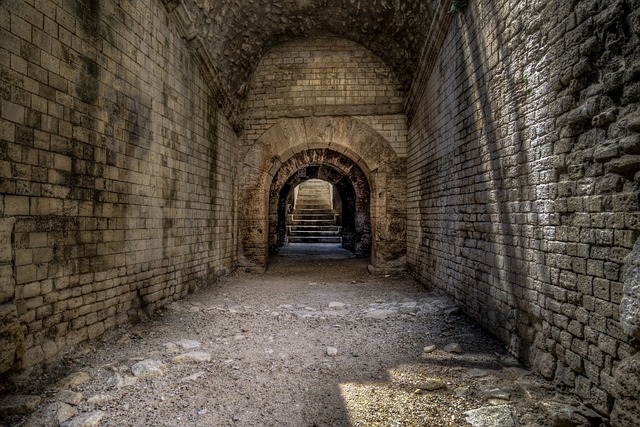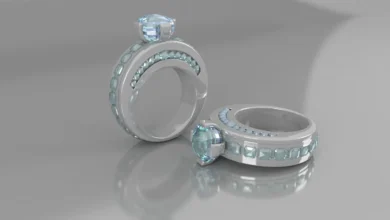How to Plan the rescue with entry of rescuers?
Entry Rescue is the term that confined space rescue and recovery specialists use to indicate rescue with entry of the rescuer.
It is one of the possibilities to foresee when you have to think and design rescue and recovery procedures for a confined or suspected polluted environment. Click Here for Confined Space Awareness Course
An Entry Rescue procedure is:
- Necessary many more times than you think;
- Requires more staff than other procedures;
- Requires more education and training;
- Generally more specific equipment is needed;
- Conditions that usually translate into higher costs and the need for much more specific knowledge.
Entry Rescue techniques, in fact, are among the least known by most non-specialised security consultants.
As a consequence, specialists often have to be called to intervene in work situations involving confined environments where the has made errors.
With this article we would like to explain how to identify the situations and environments that require an Entry Rescue procedure and how to set it up both technically and legally.
What rescue procedure should you plan for?
In the article “RESCUE AND RECOVERY OF CONFINED SPACES: 4 THINGS TO KNOW” we mainly mentioned 3 types of rescue and recovery procedures:
- Non-Entry Rescue;
- Entry Rescue;
- The procedure called Non-Entry Rescue is the one that is normally used as an example in basic courses on confined or suspected pollution environments.
You know those drills with the tripod over a trap door?
An operator enters while remaining constantly connected to the rescue winch.
If something happens that makes him unconscious or otherwise makes him unable to get out on his own, the rescue worker activates the recovery tools and pulls him out.
Basic equipment, minimal personnel and minimal risk for the rescuer.
The limits of Non Entry Rescue procedures.
This type of procedure can only be implemented in cases where you do not run the risk of causing injury to the injured person.
So you must have at least the following conditions:
- Simple and linear internal geometries;
- limited movements of the worker within the confined space who must remain close to the vertical of the access;
- Continuous visual contact between operator and rescuer;
- Extraction route free from obstacles (or can be cleared quickly);
- No use of airline that could get caught in the recovery cable.
- Lack of risk of trauma from falling, entanglement, burial or serious falls;
- By exclusion, you will need to have an Entry Rescue procedure whenever:
- The geometry of the internal environment is complex, with mixed obstacles or paths (vertical and horizontal);
- The operator must move in the confined space;
- It is impossible to maintain direct visual contact, both of the injured person and of the exit route;
- There is no certainty as to the absence of obstacles that may prevent the injured person from being recovered;
- There is the possibility that an airline becomes entangled in the rescue equipment;
- There is the possibility of trauma;
- Based on the conditions listed above, it can practically be said that 99% of horizontal confined spaces require Entry Rescue rescue procedures.
Traumatic injuries in confined environments:
As you may already know, from a Gisem source it appears that 67% of spinal cord injuries have traumatic origins and that 12% of the total events fall within the scope of accidents at work.
It has also been shown that over 25% of permanent damage to the spinal cord is attributable to incorrect maneuvers by rescuers. Click Here for Confined Space Training in UAE
That is, many trauma patients who were not appropriately immobilised at the cervical spine and spinal column level suffered serious or permanent spinal cord injuries during rescue maneuvers precisely because of this lack.
Although the majority of these rescuers were not criminally prosecuted, the same cannot be said about civil damages sentences.






